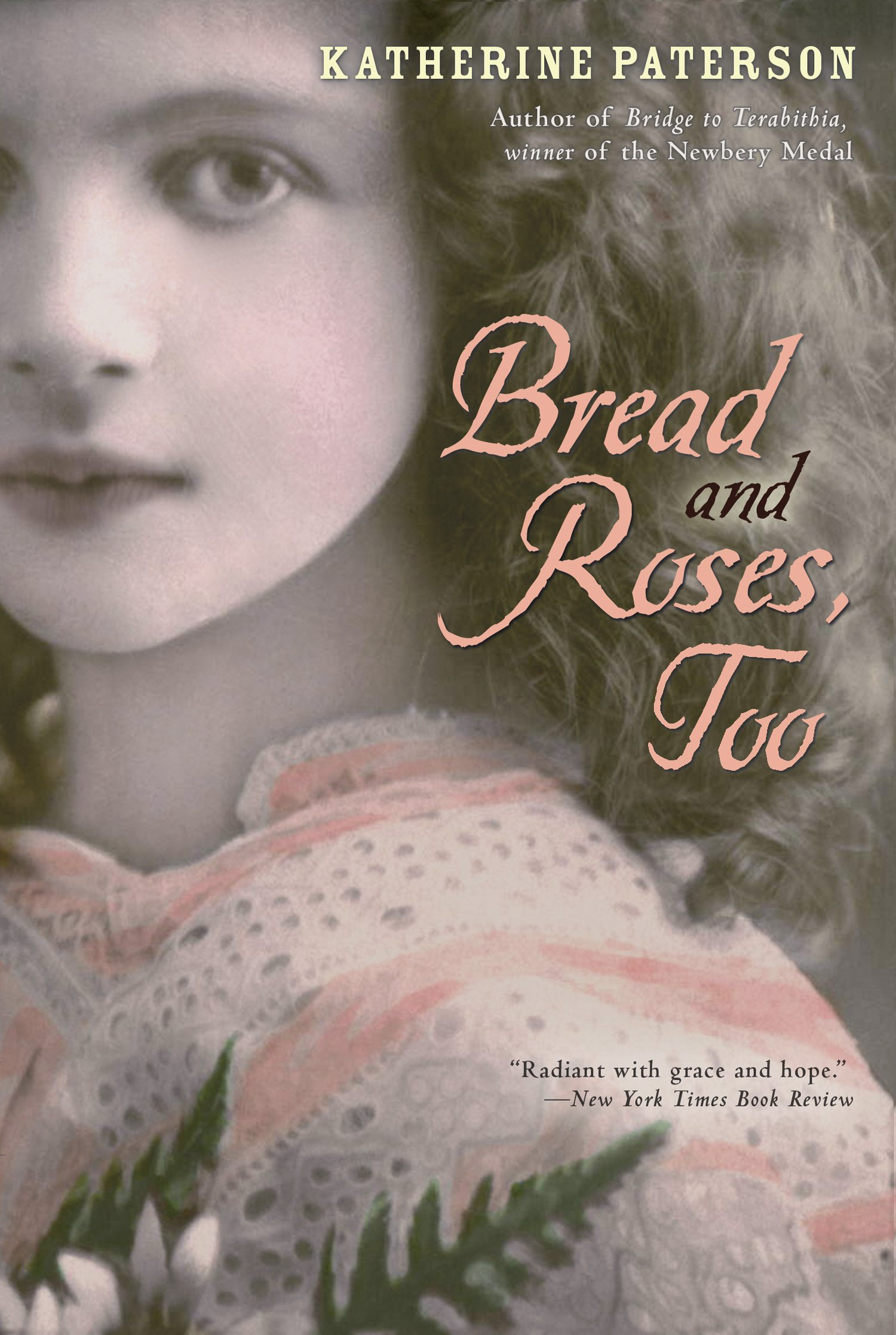A Little Moody over Judy Moody

Judy Moody by Megan McDonald. Candlewick, 2000.
Very Ramona-the-pest both in tone and content: the every-day becomes huge in a way that takes a child’s moods and struggles seriously. Funny and “edgy” for a third grader. A venus fly trap, a doll that gets sick, fake hand in a toilet.
Judy is just as smart and sensitive as Ramona, and I liked how the story was built around a “me” collage. A lovely addition to the "Cute Little Girl" genre. (Is there such a genre? There certainly must be ...)
On my worktable I have two novels. Open each and you’ll see line breaks, ragged margins, the form of poetry. But after reading both I wonder, are they truly in verse? Does the poetic form fit both novels equally well in terms of voice, use of language, and creation of vivid moments? Is the poetic form necessary for both books, and if not, why?
In honor of a very special day, I thought I'd revive this old post about a book I found, um, intriguing, with some interesting asides...
I snagged this book from the library almost entirely by random. I spotted a blue "Mystery" sticker on the spine, saw it was published within the past few years, and tossed it in the Home bag. See, I'm doing research on Middle Grade mysteries, so what better way to shop than the wonderful little blue "Mystery" sticker?
Just after putting down this latest Paterson book, I had idea after idea about what to say. That was a month ago (at least) and the details have now faded. All my brilliant points of critique, all my Deep Thoughts. Oddly, details of the story itself are not lost, nor are one or two things I’d thought when I first read it. This is probably for the best
Very Ramona-the-pest both in tone and content: the every-day becomes huge in a way that takes a child’s moods and struggles seriously.
This book was made up of poems from different points of view and usually in differing and discernible voices all telling one story.
The plot, though ... the story seemed to end at the wrong spot. It ended with...
The power of a great opening: Pullman’s The Golden Compass begins, “Lyra and her daemon moved through the darkening hall, taking care to keep to one side, out of sight of the kitchen.” We see a bit of each method of creating conflict. We know...
Lowry opens The Giver with a description of fear and immediately cements the unusualness of the world she’s created as well as giving us insight into the young protagonist, Jonas. She also is so deliciously good at creating a Utopia that seems wonderful, at the start, and only slowly...
The intro is sort of dry, but the melding of fiction and nonfiction with fascinating detail on construction held my interest to the end. Yet why was there such a need for bathing? (I know it’s ritual bathing, but the text doesn’t tell me this.) There’s a ton of info on engineering, but not much...
Rebecca has been writing since childhood, her first book about a kitten published between homemade cardboard covers in second grade. Although she studied religion and philosophy in university, she continued writing, earning an MFA from Hamline University and publishing multiple picture books (no longer with homemade covers) and a collection of poetry with a variety of New York and independent publishers. She has also published a wide array of fiction, essays, and poetry in magazines and journals and photographs for Getty Images. She balances writing with homeschooling the younger of her six children, launching her young adults, church activities, and overseeing a small flock of chickens in rural West Michigan.










The End of the Wild is a sweet little story about fracking. No, not really. It’s about a little girl named Fern coming to term with her mother’s death. Well not really. It’s about what it takes to win the science fair (otherwise known as STEM fair). Except really it’s about a poor girl in a small Michigan town who has to decide between her rich grandpa and poor stepdad. Or maybe it’s about nature, preserving the woods or friendship, or dogs...